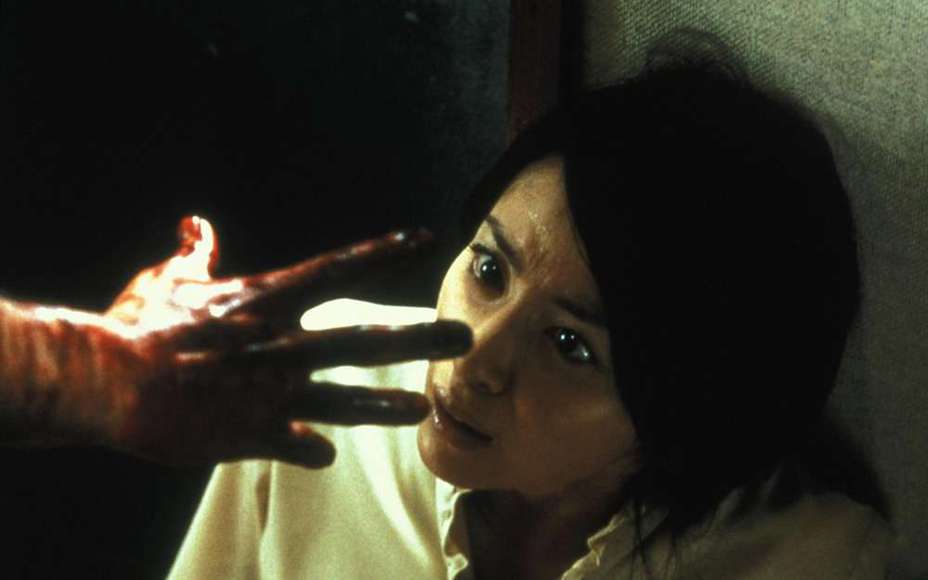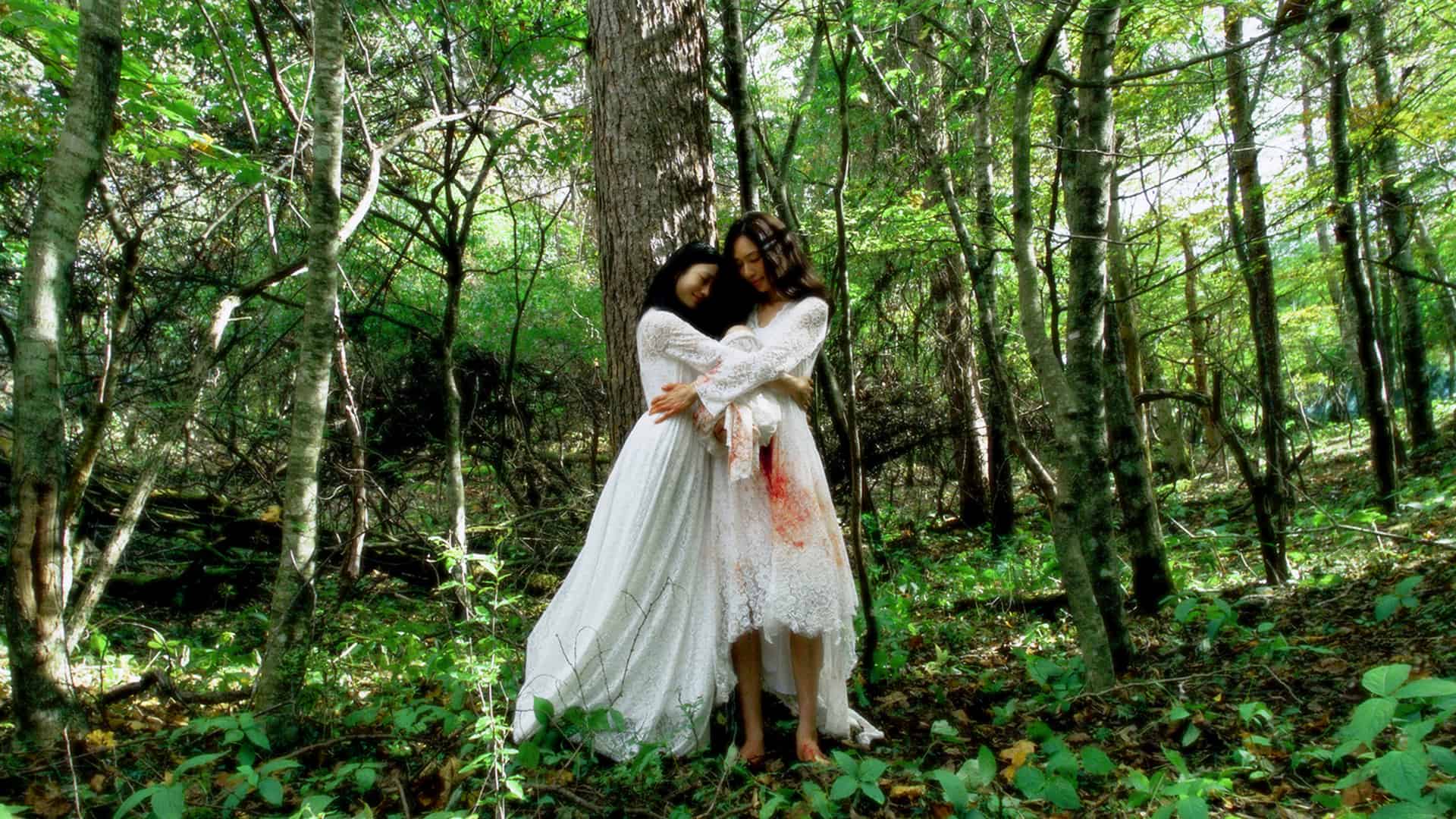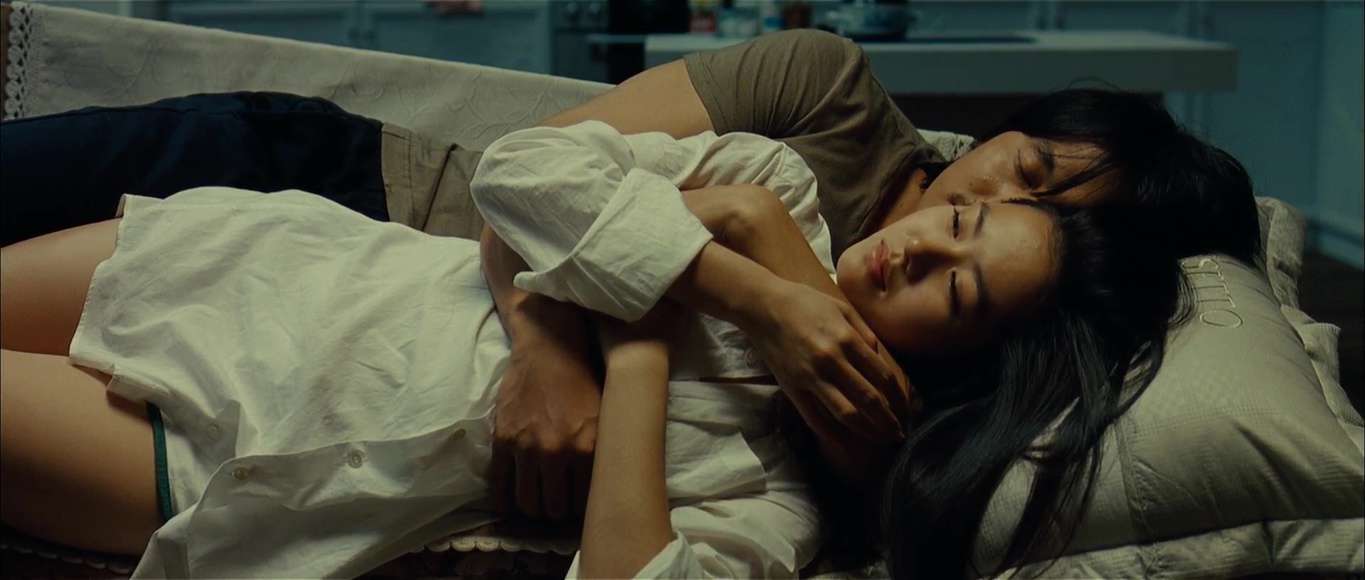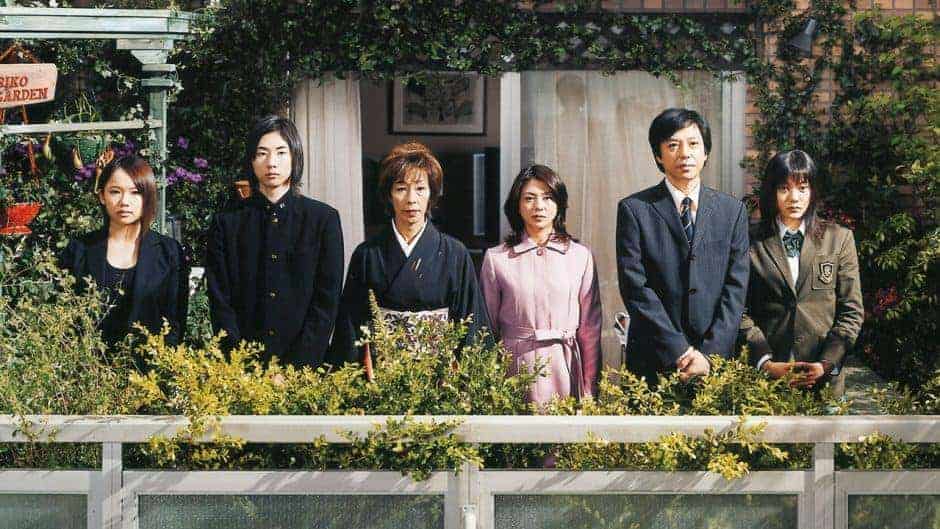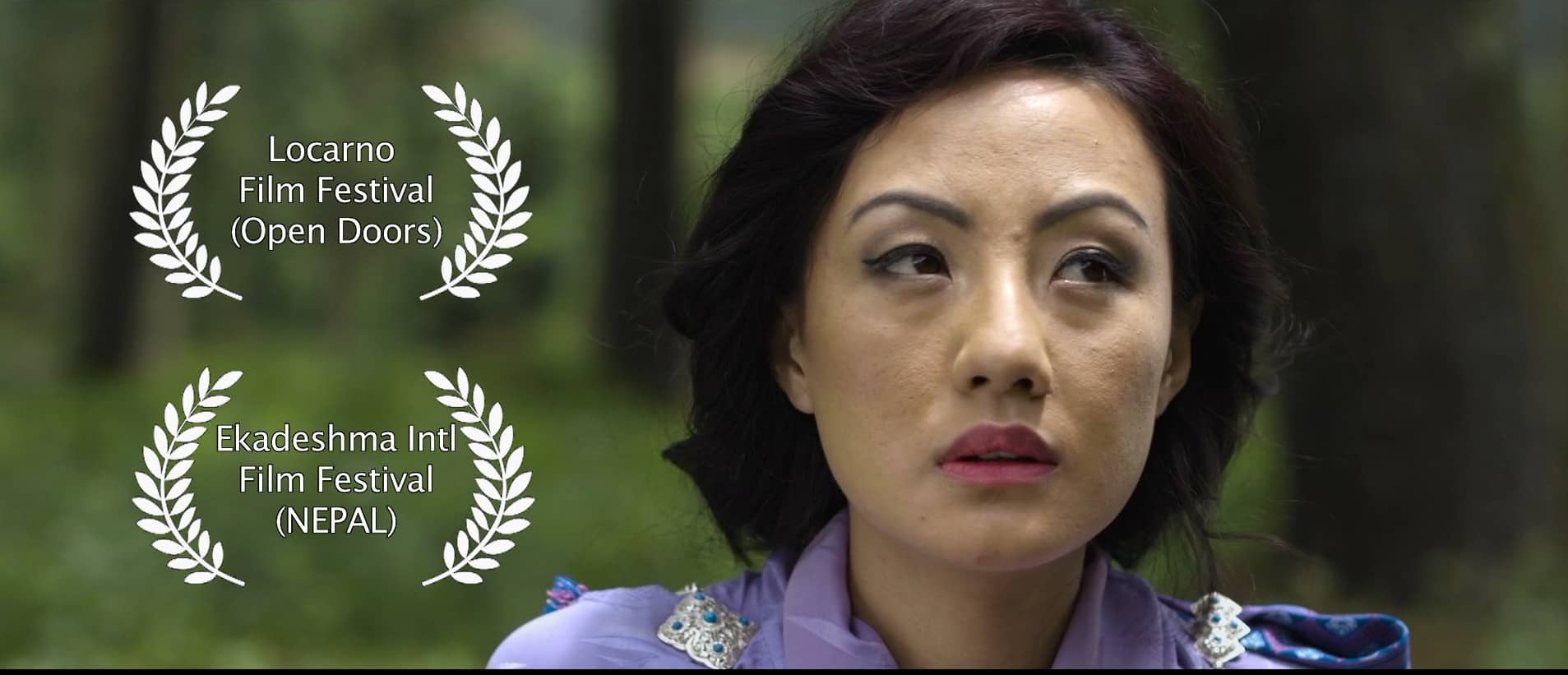In the midst of the J-horror craze of the early 2000s ignited by Hideo Nakata's “Ringu” (1998) director Takashi Shimizu created another entry within his home country's specific brand of horror with “Ju-On: The Grudge”. While many viewers regard this film as the first in the franchise, it is actually the third film in the series with the first two films being released for home video only. In the aftermath the film would receive the inevitable Hollywood treatment with Shimizu directing also the American version and start a franchise, which, including the recently released “The Grudge” by Nicolas Pesce consists of 13 movies along with video games, manga adaptations and movie novelizations.
Buy This Title
However, if we go back to the origin of the franchise, which in this case is the first movie to be released in cinemas, we have to consider the status of “Ju-On” as J-horror as well as its context within Japanese culture. While Shimizu's film might not be as thematically rich as Nakata's “Dark Water” or “Ringu”, it is, nevertheless, a notable movie for the image it paints of society, one which is an interesting contrast to the narrative of progress of the country it originated.
Even though it is difficult to summarize the non-linear plot of the film, we will take a look at the order of events as presented in the film to avoid spoilers. In that case, the movie begins with social worker Rika (Megumi Okina), who is asked by her boss to look after the Tokunaga family living in a quiet Tokyo suburb. Upon her arrival, she notices the scruffy state of the house and that the only residents still there are an old woman named Sachie (Chihayako Isomura) and a boy named Toshio (Yuya Ozeki). As she tries to make sense out of what has happened with the rest of the family she and Sachie are attacked by a furious ghost.
In the course of the stories which follow Rika's, we get to know the back story of the house, how it was once occupied by the Saeki family. One night Kayako Saeki (Takako Fuji) is brutally murdered by her husband and her son Toshio disappears, all of which have created a moment so violent it has put a curse on the house and anyone who enters it or comes into contact with it. Slowly, even Rika learns about the brutal story of the house and is now eager to stop the curse before the ghost of Kayako will finally catch up with her as well.
While the traditional haunted house movie has its setting in the country or on the outskirts of the city, Shimizu's film is set within a seemingly tightly-knit community. As Rika approaches the house for the first time, we notice the number of neighbors living close by, but also the wooden fences and other items delineating the other person's property. The first images of the house's insight indicate more than meets the eye, since you have to ask yourself the questions why nobody bothered to look, why nobody noticed the piles of garbage and dirty laundry in the garden or, even more significantly, the helpless woman seemingly left alone by her relatives. Similar to the image of Japan in Nakata's “Ringu”, the true horror stems from a complete state of isolation, a lack of social cohesion and sense of disconnect to which the ghost is the symbol for.

Again similar to “Ringu”, we have a curse which is the foundation for the murders and disappearances in the film. The notion of a vengeful curse has its roots within Japanese cultures, as depicted in works of director Kaneto Shindo (“Kuroneko”, “Onibaba”) and even Nobuhiko Obayashi's “Hausu”. At the same time, the concept seems almost anachronistic in a world defined by high-rise buildings and technology, but then again, these aspects have contributed to the aforementioned sense of isolation as well as a growing loss of control, the perfect breeding ground for an entity whose sole purpose is to infect as many others as possible. This may be one of the reasons for Shimizu's rather risky decision to use a non-linear, fragmented narrative where there is not clear protagonist. Switching between the various stories and even time periods emphasizes the idea of growing social fragmentation.
In the end, perhaps one of the main reasons for the film's lasting appeal for the horror genre is how it continuously destroys any notion of security and home. Considering the state of the world Shimizu portrays, Kayako and Toshio have become entities liable to strike anywhere, even attacking while a person lies in bed or is in the shower, exploiting the most vulnerable moments of a person's day-to-day routine. Overall, Shimizu avoids the now infamous use of jump-scares or further underlining a scary moment through the use of sound, but rather builds an atmosphere which can sometimes make you forget a confusing and illogical narrative.
“Ju-On: The Grudge” is one of the most important and most successful entries within J-horror. While not as effective and thematically rich as “Ringu” or the works by Kiyoshi Kurosawa, its atmosphere, its depiction of Tokyo and the overall design make it a solid entry into the realm of J-horror.


